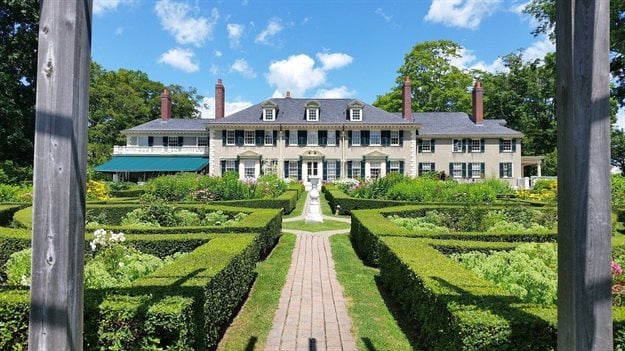
“South Africa is perfectly positioned to benefit from the rise in Africa-domiciled HNWIs thanks to our relatively stable economic and financial environment as well as magnificent residential properties on offer,” says Christelle Colman, MD at Elite Risk Acceptances, a subsidiary of Old Mutual Insure.
Another global survey by Luxury Portfolio International reveals that as many as half of HNWIs are planning to buy at least one extra luxury property in the coming 12 months, compared to just one-in-five at the start of 2020. Many of these buyers are choosing South Africa to invest in.
But the rise in demand for prime properties is already being seen in the latest property data.
Seeff Property Group, which recorded its highest-ever South African sales in March 2021, says that one-in-three high value properties are being snapped up by foreign buyers. Seeff reported a 36% jump in sales to such buyers across Cape Town’s Atlantic Seaboard and City Bowl areas in Q1 2021. Transactions included a R45m penthouse at the Waterfront, a R36m property in Fresnaye and a R20m house in Upper Constantia. Similarly, Frankie Bells real estate also says luxury homes are back in demand in South Africa. The property group is seeing an increased demand in the northern suburbs of Gauteng, southern suburbs of Cape Town and eastern and southern coastal regions.
Furthermore, New World Wealth estimates that over 45% of SA HNWIs either live or have homes on estates. An additional 30% have homes in luxury apartment blocks (which have been the fastest growing residential segment in SA over the past 20 years in terms of price growth).
Colman says that as the demand for ultra-luxury SA homes skyrockets, buyers who are in the market for high value properties should not underestimate the importance of insurance when signing on the dotted line.
“Assets with high price tags present unique risks to their owners,” says Colman. “There are a number of insurance missteps that the wealthy make, which can cause huge problems at claims stage.”
“The most important aspect of buildings insurance is to value the asset at its correct replacement cost, because failure to do so can result in the asset being severely underinsured and the insurer applying ‘average’ at claims stage,” says Colman.
A 20% underinsurance on a R20m home could leave the insured R4m out-of-pocket in the event of a total loss. Insuring the property at too high a value has consequences too, as the insured will end up paying higher insurance premiums, but only be paid the correct actual replacement value in the event of a loss.
“Luxury homes must be insured at their replacement cost, not the market value. The insured value must include the cost of rebuilding the primary building and outbuildings; restoring any landscaping features; and to provide for costs such as professional fees and site clearing, to name a few. A common error made by international investors when insuring local property is to assume that rebuilding and replacement costs will be similar to those experienced in their home countries.”
She adds that foreign buyers may also be unaware of the challenges that their properties present insofar rebuilding, due to location.
“Expert local knowledge, such as the ability to source and cost specialist construction contractors and high-end materials, are essential when placing luxury homes on cover,” says Colman. She observes that a large portion of the purchase price of luxury homes is linked to location and that it is not uncommon for prime properties to change hands for amounts far in excess of their replacement cost.
“Approaching an ill-equipped insurer to place a luxury home on cover can be as devastating as making errors on the sum insured,” Colman concludes. “A specialist insurer who understands the luxury property segment is best-placed to assess your asset values and offer you a competitive, risk-appropriate premium, with no unfortunate surprises at claims stage.”